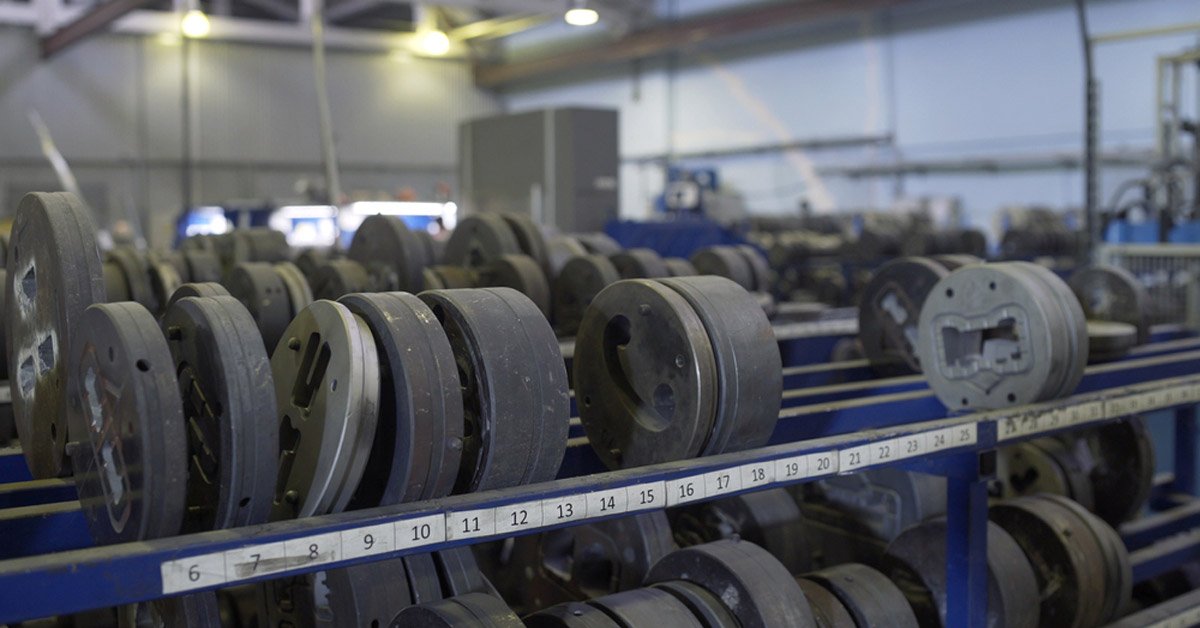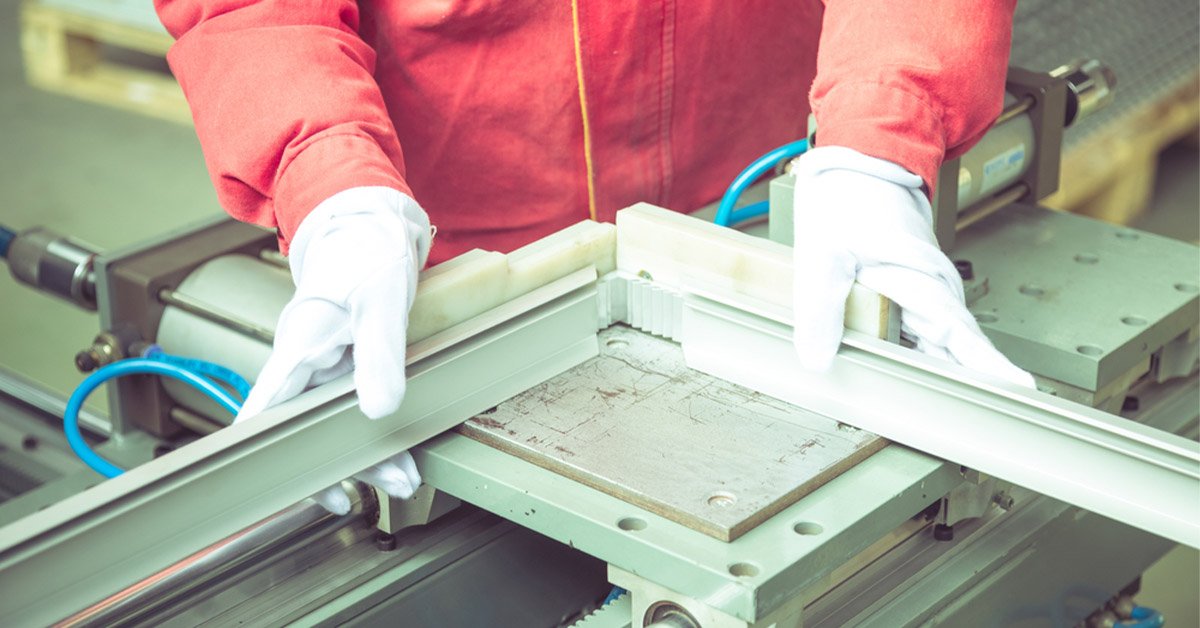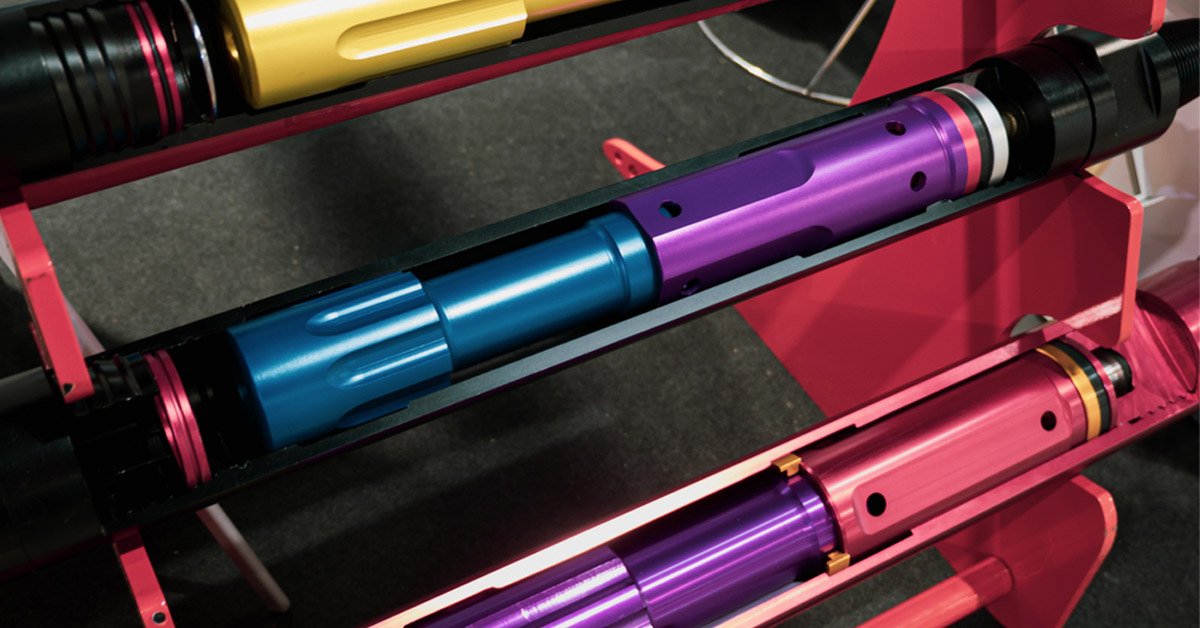Choosing the right materials for your project can significantly impact the outcome. Among the most versatile and widely used materials in construction, manufacturing, and design, aluminium extrusions stand out as a preferred option due to their strength, flexibility, and lightweight properties. In this aluminium extrusion guide, we’ll delve into how to choose the right aluminium extrusions for your specific projects.
Understanding Aluminium Extrusions
Before diving into the selection process, it’s essential to understand what aluminium extrusions are. Aluminium extrusions are created by pushing aluminium alloy through a mold (die) to produce various shapes that are used in many different industries. They offer a variety of benefits such as durability, resistance to corrosion, and being relatively lightweight compared to other materials.
Aluminium extrusions come in many shapes and sizes, ranging from simple profiles to complex designs, making them adaptable for a wide array of projects. Whether you’re constructing a building, designing a custom frame, or engineering specialized components, aluminium extrusions can help meet your needs.
Factors to Consider When Choosing Aluminium Extrusions
- Project Requirements
The first step in choosing the right aluminium extrusions is to assess the specific requirements of your project. Do you need the extrusions to bear heavy loads? Are there particular design constraints? Or perhaps you require custom shapes and profiles? Understanding your project materials will help determine which type of aluminium extrusion is best suited for your needs.If your project requires high strength and durability, certain aluminium alloys, such as 6061, offer excellent mechanical properties. For projects needing more corrosion resistance, alloys like 6063 may be more appropriate. - Weight and Strength
One of the key reasons aluminium extrusions are so popular is their lightweight nature. If your project requires a material that won’t weigh down the structure or component, aluminium extrusions are an ideal choice. However, different aluminium alloys offer different strength-to-weight ratios, so it’s important to select the correct alloy for your project.For instance, if you’re working on something that needs to withstand heavy loads or high stresses, such as in aerospace or structural applications, you may need a stronger alloy like 7075. On the other hand, for lightweight solutions in products like window frames or decorative elements, 6063 extrusions may provide the perfect balance of strength and lightness. - Corrosion Resistance
Aluminium naturally forms a protective oxide layer that resists corrosion. However, the level of corrosion resistance varies depending on the specific alloy used. For projects exposed to harsh environmental conditions such as marine, industrial, or outdoor settings, ensuring that your aluminium extrusions are corrosion-resistant is critical.For example, marine-grade aluminium extrusions, made from alloys such as 5083 and 6061, are specially designed to resist the corrosive effects of saltwater. - Aesthetic and Surface Finishes
Aluminium extrusions can be easily customized to fit your project’s aesthetic needs. The material can be anodized, powder-coated, or painted to achieve the desired finish. If your project involves visible components that need to match a particular style or color scheme, selecting an aluminium extrusion with the right finish is important.Anodizing, for example, increases the corrosion resistance and durability of the aluminium while allowing for a variety of color options. Powder coating provides a durable, smooth finish that is both visually appealing and highly resistant to scratches and wear. - Budget and Availability
Cost is always an important consideration when choosing materials for your projects. Aluminium extrusions tend to be more affordable than other metals like steel, but prices can still vary based on the alloy, complexity of the extrusion profile, and surface finishes.It’s a good idea to assess your budget and compare costs for different aluminium extrusion suppliers. You may find that certain suppliers offer bulk pricing or special deals, which can help you save money without compromising on quality. - Customization and Fabrication
Sometimes your project will require a customized solution. Luckily, aluminium extrusions are incredibly versatile and can be modified to fit specific dimensions or design needs. From custom profiles to cutting, bending, and welding, aluminium extrusions can be tailored to your specifications.Ensure you work with a supplier who offers the ability to create custom extrusions, whether in small or large quantities, and can assist with the fabrication process. - Environmental Impact
Sustainability is becoming an increasingly important consideration in all industries. Aluminium is highly recyclable, which is a significant advantage if you’re looking for an eco-friendly solution. Many aluminium extrusion suppliers offer products made from recycled aluminium, which can help reduce your project’s environmental footprint.Choosing aluminium extrusions made from recycled materials is a great way to contribute to sustainable practices while still benefiting from the material’s strength and lightweight properties.
Applications of Aluminium Extrusions
Aluminium extrusions have a wide range of applications, and the right extrusion for your project will depend on the specific demands of the task. Below are some common applications:
- Construction: Aluminium extrusions are commonly used in construction for window frames, doors, and curtain wall systems due to their lightweight and corrosion-resistant properties.
- Automotive: The automotive industry utilizes aluminium extrusions in car frames, bumpers, and other components for lightweight solutions that improve fuel efficiency without compromising safety.
- Electronics: Many electronics, such as heat sinks, are made from aluminium extrusions because they help dissipate heat effectively and are easy to shape.
- Transportation: Aluminium extrusions are also used in transportation, including trains and aircraft, where weight reduction is crucial.
- Furniture and Fixtures: Aluminium is used for making lightweight, durable furniture and fixtures that are both aesthetically pleasing and functional.
- Marine: As mentioned, the corrosion resistance of aluminium makes it an ideal material for marine applications such as boat parts, shipbuilding, and docks.
Choosing the right aluminium extrusions for your projects is an important decision that will impact the success and longevity of your final product. By considering factors like the specific project materials, the strength-to-weight ratio, corrosion resistance, aesthetics, and budget, you can make an informed decision that aligns with your project’s needs.
In this aluminium extrusion guide, we’ve explored the various aspects you need to consider to ensure you select the right material. With the right knowledge and supplier, aluminium extrusions can provide durable, lightweight solutions that meet your project’s demands while offering design flexibility, cost-effectiveness, and sustainability.
Whether you are working on large-scale construction, custom design work, or lightweight engineering, choosing the right aluminium extrusions is key to delivering successful results.



